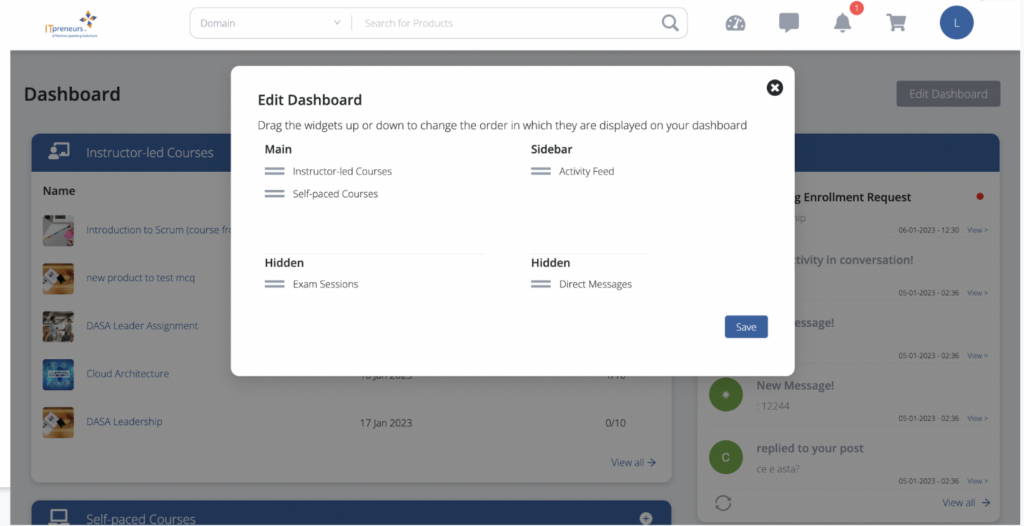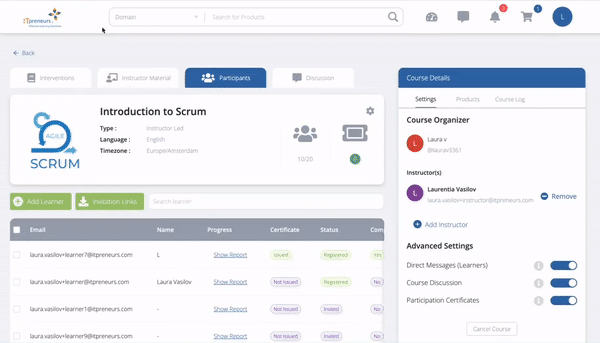Power of Consequences
Unwanted behavior can very well be explained and, once understood, brought under control. The key is that behavior always has behavioral consequences. People learn from consequences. Behavior that results in positive consequences for the performer (the person showing the behavior) is likely to be repeated. To put it technically—behavior is a function of its consequences. So, when an employee decides not to use the newly installed software application to log incidents, he believes he benefits from this. And, from his perspective, he does! It saves him time, or it hides the fact that he hardly understands how to use the new tool. The only effective way to deal with this “won’t-do” behavior is to change the consequences for the performer.
Pitfalls
Managing by consequences has a few pitfalls:
- The first pitfall is to keep repeating ourselves with respect to the behavior we would like to see, and that which we would not like to see. This pitfall can be avoided by deliberately matching consequences with behavior. Preferably, positive consequences for the right behavior.
- The second pitfall is the use of (hierarchic) force and punishment, while neglecting to change the behavior. Of course, when inappropriate or immoral behavior is exhibited, some form of corrective action must follow. But even though force and punishment seem effective in the short run, reinforcing desired behavior is much more effective. Proper reinforcement makes people want to perform and show discretionary effort. It takes a little more effort to get results, but these results are sustainable. Please note: for people to learn a new behavior, continuous positive reinforcement is required.
- The last pitfall I’d like to mention is that “positive consequences” are usually associated with money. However, personal attention and appreciation for the desired behavior is more effective than extra money. By the way, any well-meant and well-timed compliment is free.
Dealing With Unwanted Behavior
For dealing effectively with unwanted behavior, “getting away with it” has to stop. The fastest way to deal with this issue is to pair unwanted behavior with undesirable consequences for the performer. However, this only suppresses the unwanted behavior. Desired behavior must be carefully pinpointed. Then, when desired behavior is shown, it must be (consistently) reinforced. Discussing these interventions so that all concerned understand the required behavior and the positive consequences is highly recommended.
What’s in It for Me?
Anyone confronted with a new way of working searches for the positive consequences of this change. “What’s in it for me?” The intended positive consequences may not be immediately clear or noticeable. Compare it to someone who quits smoking. The (ex-) smoker immediately loses the joy of smoking, while the benefits of improved health and physical condition take a while to establish. Experiencing immediate positive reinforcement improves the chances that new behavior is adopted. To learn new behavior, the performer must receive continuous reinforcement. A simple, well-timed compliment or any other sign of appreciation will suffice. Finally, it is imperative that consequences (both positive and negative) consistently follow the behavior.
Final Thoughts
It is not the strongest of the species that survives, nor the most intelligent, but the one most responsive to change
, said Charles Darwin. The main success factor in generating sustainable change when introducing frameworks and best practices, is the introduction of lasting, desired behavior. New behavior does not just occur. It requires attention and leadership. The most powerful and effective way to “implement” new behavior is to reinforce it positively. You get what you reinforce. Reinforcement improves chances that the new and desired behavior is repeated and accepted. Build behavior and the results will come
, says Aubrey Daniels, a renowned expert on behavior.
Thanks to Annerieke Ruijter, Paul Wilkinson, Marius Rietdijk and Joost Kerkhofs for their feedback and contributions!
More information on the Project and Program Management courses is available in the ITpreneurs Course Catalog.
Need more information? Please contact ITpreneurs.
About the author

Change & agility is all about people and behavior. I help leaders to actually realize behavioral change, so they enable increased performance, customer value and agility.



